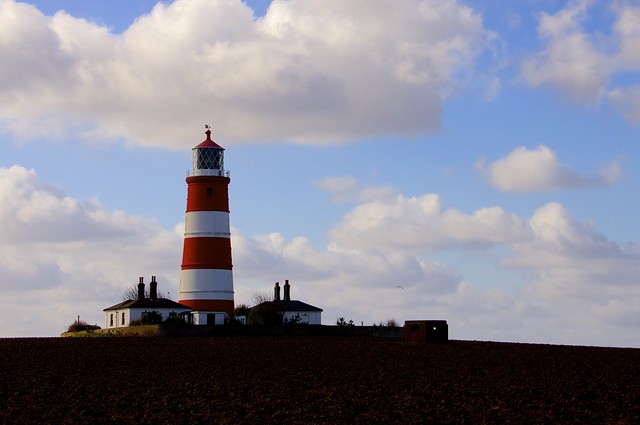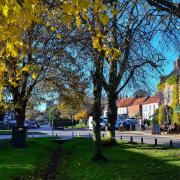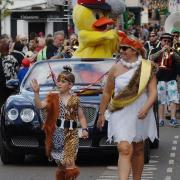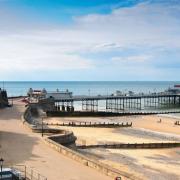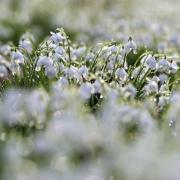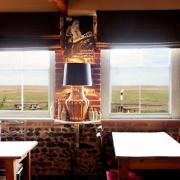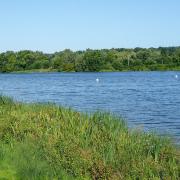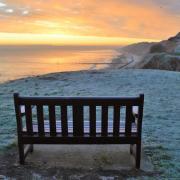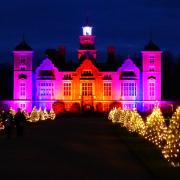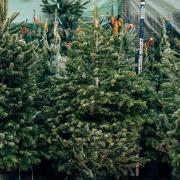When they’re not being used for filming locations by the likes of the BBC and big Hollywood studios the Norfolk coast has many top attractions that you can check out whatever the time of year. Here are some of our top picks
• Visit the seals
Who doesn’t love these cute sea animals? People of all ages will enjoy the experience of seeing the colonies of grey seals on several of Norfolk’s beaches. Spot them bobbing in the sea or basking in the sun during the summer months, or beached in the winter with hundreds of little pups.
Top tip: when to see the seals? For summer months the best beaches are Hunstanton and Blakeney. For winter months the best location is Horsey beach. There’s also a seal sanctuary in Winterton where you can learn more about the animals.
__________
Read more:
__________
• Cromer beach and pier
One of the more popular of Norfolk’s beaches, Cromer has plenty to see and do. There’s the Cromer Beach Pier whose theatre hosts a vast array of shows and concerts, as well as being a great spot for expansive beach views and maybe a spot of crabbing.
For those looking for something educational, there’s the RNLI Henry Blogg Museum. Celebrated here are the fascinating stories of the lifeboat crewmen as well as Henry Blogg himself, a local hero who saved hundreds of lives during his time as a coxswain.
Top tip: admission into the RNLI Museum is free, has lots of hands-on exhibits and is very close to the Pier, both being on the Cromer beach front.
• Peddars Way / Norfolk Coast Path
Spanning 89 miles, from Hunstanton to Hopton, the Norfolk Coastal Path runs through all the varied and beautiful landscapes that Norfolk’s beaches have to offer. From seaside fairs and piers to marshes and forests, rock pools and serene sands this gentle walk is a must for lovers of the outdoors.
Top tip: there is an interactive map for the walk and you can even earn a certificate when you’ve completed it.
One of the more popular RSPB reserves, Titchwell Marsh has a saltmarsh, freshwater lagoons and a nice walk down to the beach, all of which house many differing species of birds: ducks, geese, marsh harriers and avocets to name a few.
With self-led and guided walks, frequent workshops and events to really hone those wildlife watching, sketching and photography skills. There’s also a visitor centre and café serving tasty homemade food making this nature reserve a fun and educational trip out for all.
Top tip: make sure to bring your camera! RSPB members get free entrance. The car park can get busy so arrive early.
Norfolk’s oldest nature reserve, Cley Marshes, makes for a picturesque spot to watch the many varieties of birds found there. With regulated water levels to ensure ideal living conditions for its resident and migrating birds. There’s a large range of natural habitats at the marshes so wildlife enthusiasts will be spoilt for choice at the array of species found in the area.
The reserve has its own eco-friendly education centre so visitors can attend learning workshops and talks. There’s also a café, shop and several viewing areas so you can make the most of the amazing landscape.
Top tip: Cley Marshes is open all year round so there is always something to see no matter the season.
Also check out their events page of the website for family events, talks and workshops.
For the more adventurous and sea-loving folk what better way to experience to the Norfolk seas than by sailing. Or windsurfing. Or maybe even kayaking.
If these float your boat (sorry) then check out Hunstanton Sailing Club for a wide range of water sports, including kite surfing. Located right on the Hunstanton sea front the club offers exciting ways to enjoy the Norfolk coast. Don’t fancy taking part? The club also hosts events from British Kitesurfing Championships and dinghy racing to music events and BBQs.
Top tip: if you’re thinking of becoming a member then you can find more information here.
• Muckleburgh Military Collection
Fancy driving a tank? Well you can if you book at Muckleburgh Museum. Situated on a former anti-aircraft training camp on the Weybourne coast the museum is one of the largest privately owned military museums in the UK.
You can find lots of exhibits including uniforms, artillery, missiles and ships. There’s also an on-site café with a selection of hot and cold meals, shop and tank demonstrations.
Top tip: the museum provides secure dog kennels with beds and water. Handy for those who wish to walk their dog on the nearby beach on the same day.
• Holkham Hall / Nature Reserve
Set in 25,000 acres of agricultural estate, Holkham Hall is a stunning venue located on the north Norfolk coast. With newly added visitor facilities, café, shop and exhibition, visitors will be treated to a great agricultural history experience within the grand settings.
Then when you’ve taken in the estate why not venture out to the Holkham National Nature Reserve, comprised of various habitats including saltmarsh, woodland and the famously beautiful Holkham beach.
Top tip: Holkham is also known to hold open-air films, shows, events and concerts, with past artists including Sir Elton John and Jools Holland. Keep up to date on future events by checking out the website
• Fossil hunt, beach combing and rock pooling
Norfolk beaches are rich with places for rock pooling and beach combing. Many fossils are regularly found along the coast all the time, so you may just find yourself a sea urchin fossil. Or something bigger, like the mammoth skeleton found on West Runton beach. Essentials for these activities are some sturdy footwear, a bucket and a trowel.
Some of the best beaches for these activities are:
West Runton. Plenty of rock pools at low tide can reveal a wealth of discoveries including starfish, crabs and anemones.
Cromer and Sheringham. Rich in fossils, including coral, as well as having their own rock pools for finding velvet swimming crabs.
Hunstanton. Here you can find marine fossils including belemnites, corals and, if you’re lucky, shark teeth.
Top tip: check the tidal conditions and times before setting out. Ideally you want low tide for the best chance of finding fossils. Also make sure to not fossil hunt in a protected area.
Built in 1790, the Happisburgh Lighthouse is the oldest in East Anglia, stands 26 metres high and consists of 112 stone steps that wind up the inside of the tower. The lamp room at the top of the lighthouse offers a fantastic view of the Happisburgh beach, and you can expect friendly and informative guides as part of your visit.
Top tip: the lighthouse is usually only open Sundays at certain times of the year, and bank holidays. There are special open days as well so keep an eye of the website for updates. Private visits can also be arranged.
__________



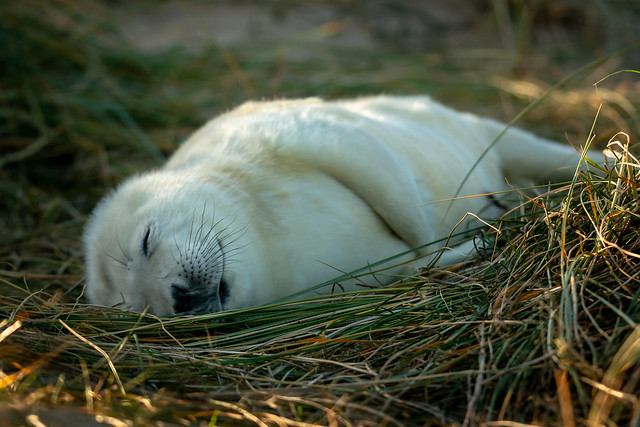


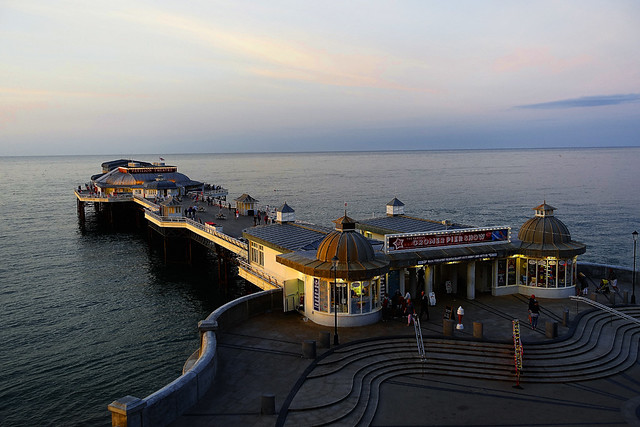
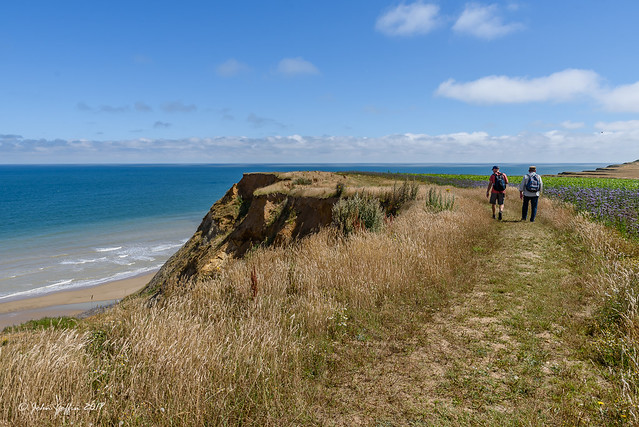
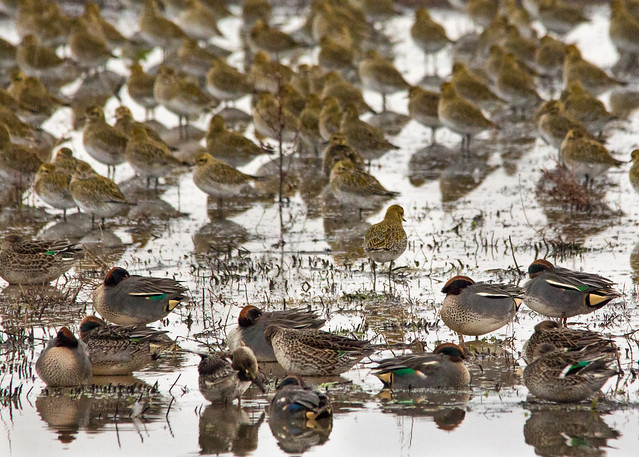

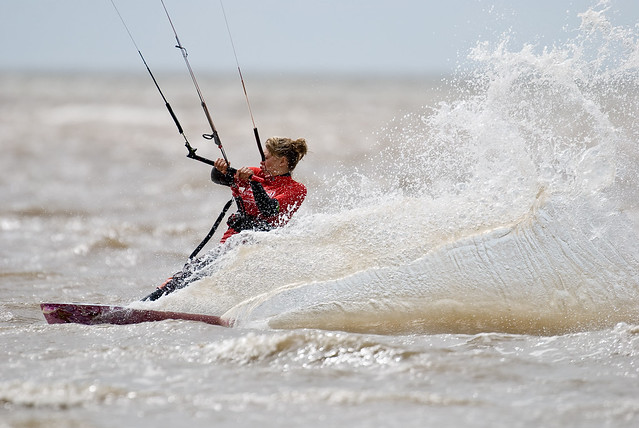


![West Runton Coastal Path [233/365 2017]](https://farm5.staticflickr.com/4402/36662749541_48a7e379cf_z.jpg)
